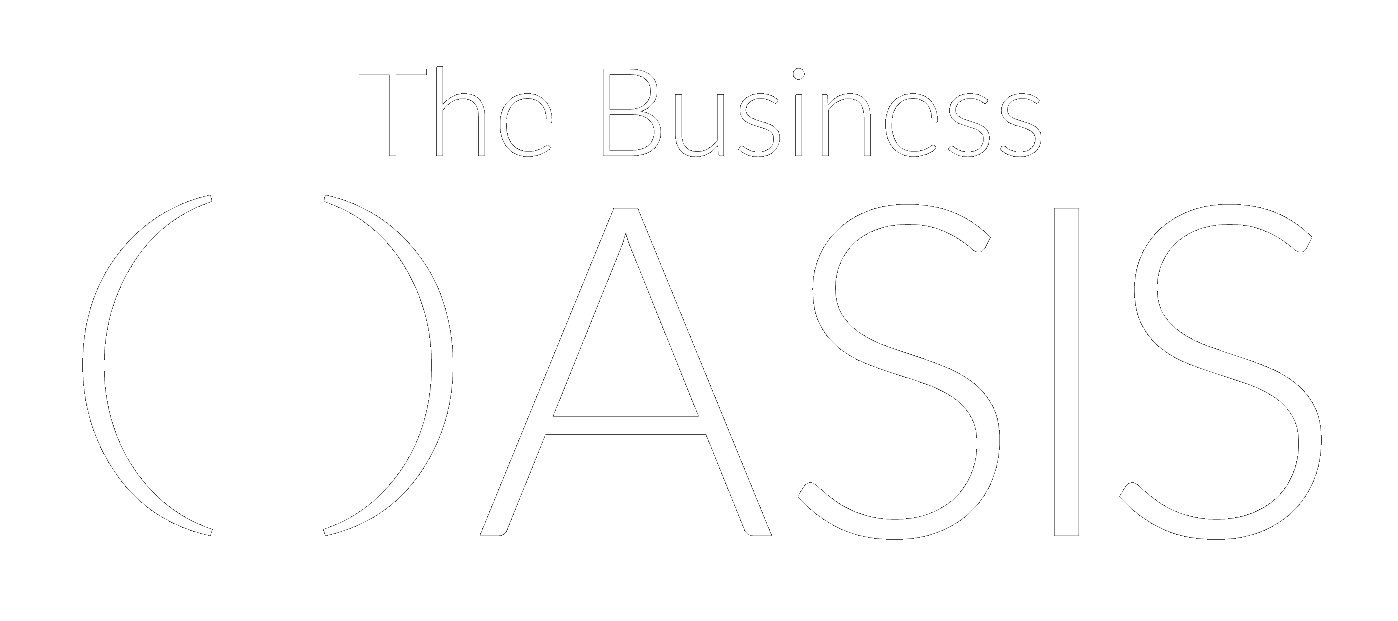10 Proven Practices To Do To Improve Your Cash Flow

As any small business owner knows, maintaining smooth cash flow requires juggling nearly every facet of a business, from staying on top of accounts receivable, to extending lines of credit, to managing inventory. The essence of successful cash flow management is regulating the money flowing in and out of your business. Increasing your cash flow reduces the amount of fixed capital that you need to support the given level of your business. An increased, consistent cash flow also creates a predictable business pattern, making it easier to plan and budget for future growth. Here are ten things you can do to improve your cash flow:
- Review your Cash Flow reports and forecasts regularly so that you know where your cash is going and so you can plan ahead for periods when cash might be a bit tight. A cash flow forecast is the primary tool you need to use. By forecasting your inflows and outflows of cash, and the surplus or deficits you’ll have left over, you’ll be better equipped to adjust course and stay on track later when you can compare the actual figures with your forecasts. Contact us if you need help preparing a Cash Flow Forecast.
- Invoice immediately. Any steps you can take to shorten your receivables will boost your cash flow. For instance, send out invoices immediately after the delivery of goods or services. Don’t wait until the end of the week or the end of the month.
- Review your payment terms. For example reduce your terms from 60 days to 30 days. Offer a small discount to customers who pay their bills early and charge a penalty to those who pay late. Monitor your receivables on a weekly or bi-weekly basis and follow-up with late payers immediately when appropriate. Set up the expectation that once you have delivered the goods or service, you expect to be paid promptly as agreed. Make sure that your invoices clearly state your payment terms (make it even clearer by showing a due date) and follow up immediately if you haven’t been paid on time.
- Stretch out your payables. Note the date due and arrange payment for then. Your suppliers’ terms are an interest-free line of credit and you could be earning interest on that money in the meantime.
- Take advantage of early payment discounts. If the effective return provided by the discount exceeds what you could earn elsewhere then it makes sense to pay early and keep the change.
- Balance your client base. Many service and professional companies — such as advertising or PR agencies, accountants, lawyers, real estate management firms, etc. — work with certain clients on a project-by-project basis. Look for ways to convert some of these clients to a retainer relationship, where they pay you a set amount of money per month for a certain number of services. You might want to offer them some kind of incentive — value-added services, a discount — to encourage them to shift to a retainer. This might reduce your profit margin, but it will help make your cash flow more predictable
- Check your pricing. Have your prices kept up with your rising costs? Many small businesses hesitate to increase their rates because they’re afraid they’ll lose customers. However, customers actually expect their suppliers to institute small, regular price hikes. Also, be sure to check out your competition on a consistent basis. If they’re charging higher prices, you should too.
- Spread the love around. You can save money by splitting your business between suppliers. Closely examine where you need to pay for added service, and where you can save money by paying commodity prices. For example, you might want to buy your computer hardware from a value-added reseller who can help you choose the right system to meet your business needs, while you can purchase other items — such as printer cartridges, cables, or off-the-shelf software from a discount wholesaler.
- Renegotiate your insurance and supplier contacts. Are you getting the best possible deal on insurance, phone service and other regular business expenses? Review each of your insurance policies annually and get three quotes for each to ensure you’re getting the most for your money. Keep a close eye on price sensitive services such as your long distance phone service or your Internet access service. Regularly examine these bills and call around to make sure you’re getting the lowest available rate.
- Review your inventory. Overstocking inventory can tie up significant amounts of cash. Regularly assess your inventory turns to make sure they are within industry norms and customer expectations. You can do this by calculating your inventory turnover ratio (cost of goods sold divided by the average value of your inventory). Avoid buying more than you know you need when suppliers lure you with big discounts as this can tie up cash. Periodically check your inventory for old or outdated stock, and either defer upcoming orders to use that stock or sell it at cost to improve your liquidity
- Put your spare cash to work. Chances are your business cheque account pays you little or no interest whereas a high-interest savings or cash management account for business allows you to earn a competitive rate of interest on your cash on hand, but the funds are accessible whenever you need them. You earn interest every day on every dollar saved and you can withdraw the money whenever you need to. It makes no sense (cents?) to have any more than you need for day to day management sitting in your lazy cheque account.
Thank you so much for making it through this blog. If you need any help navigating our page or if you have any queries, please feel free to contact us here. And if you find the content useful, please share it on your social feed – you can click and use the links in the URL

